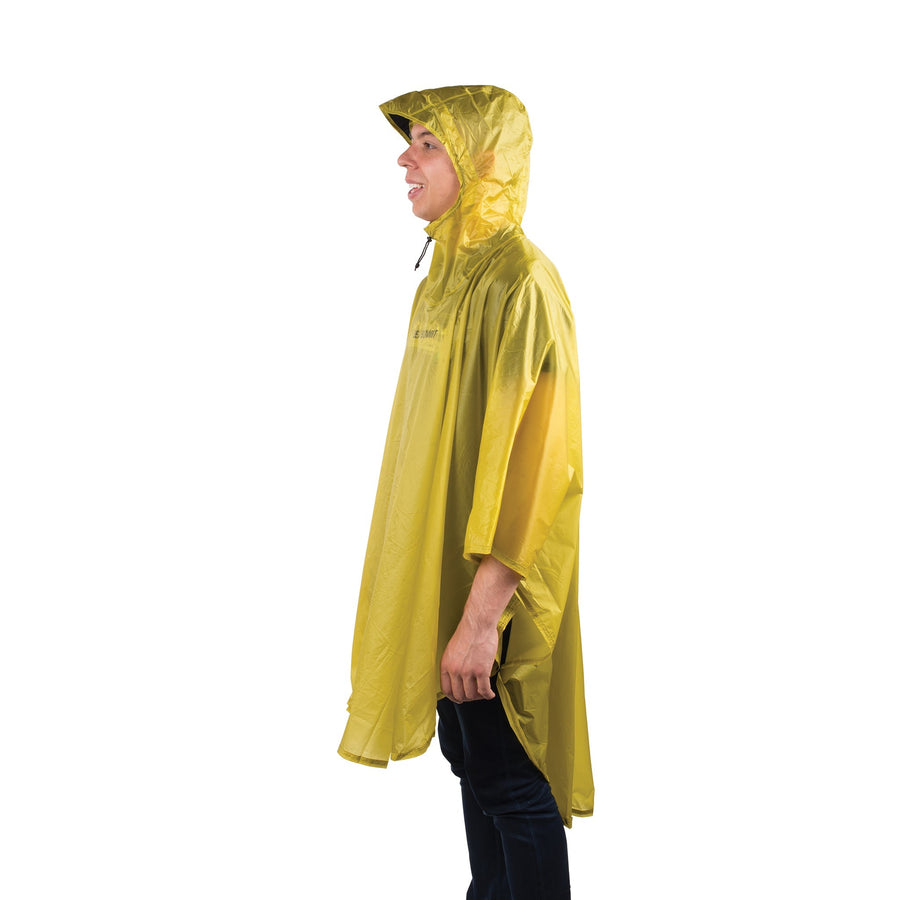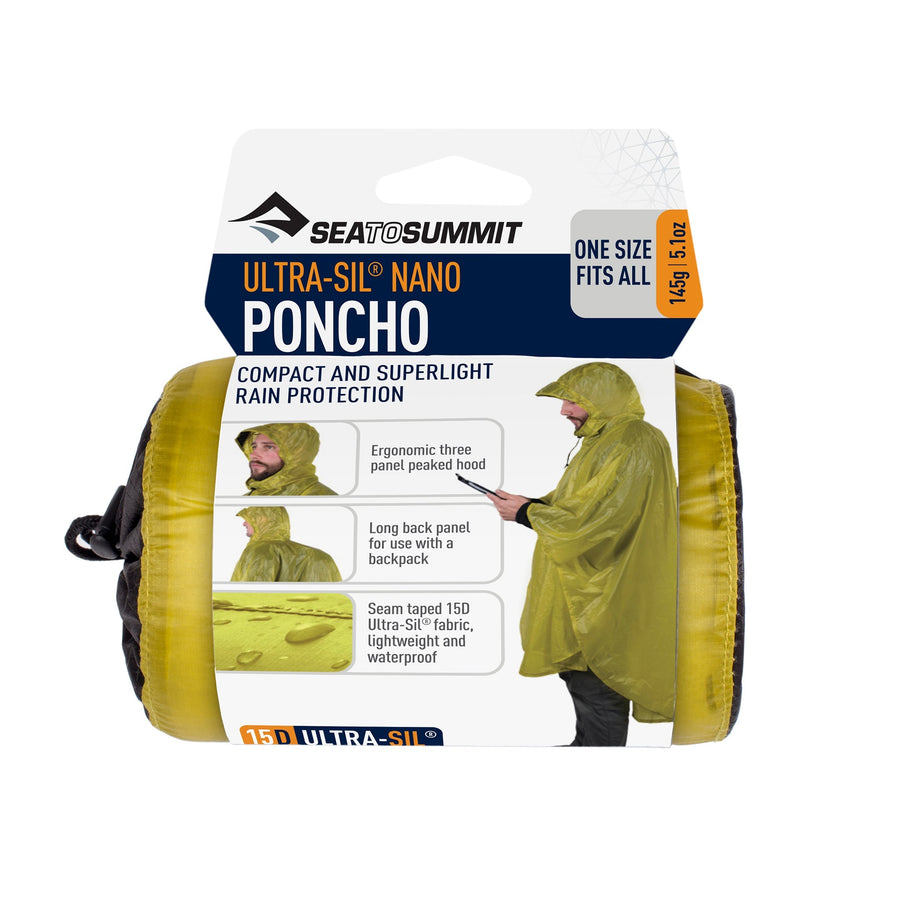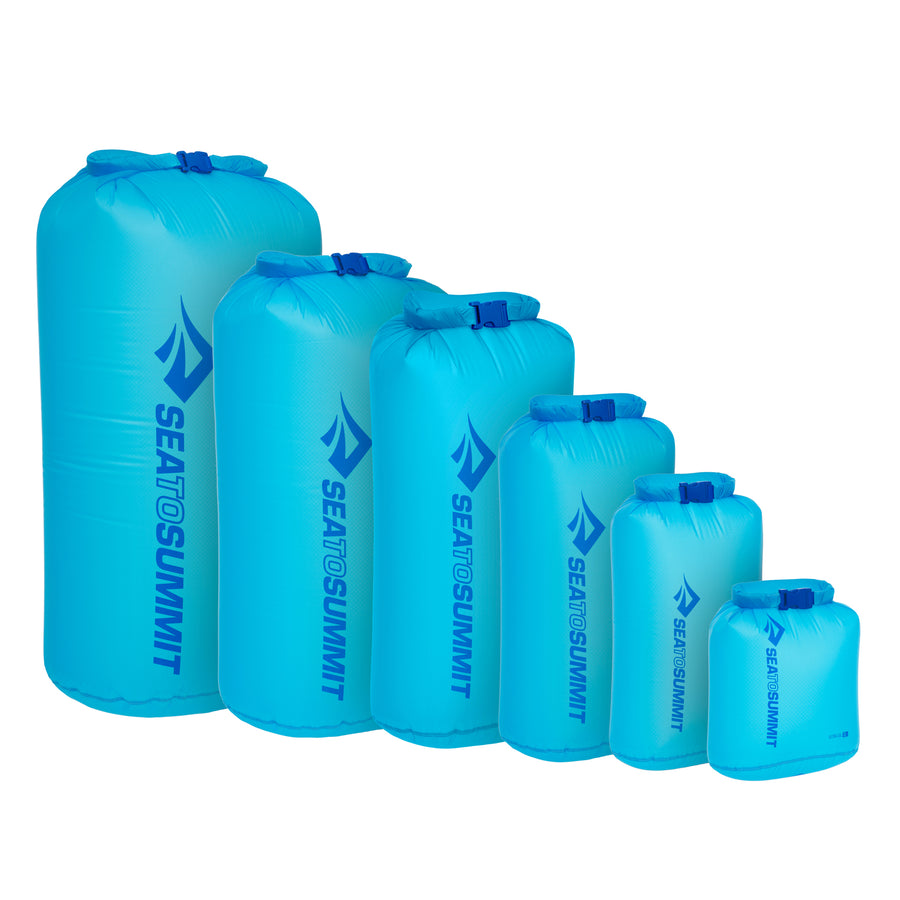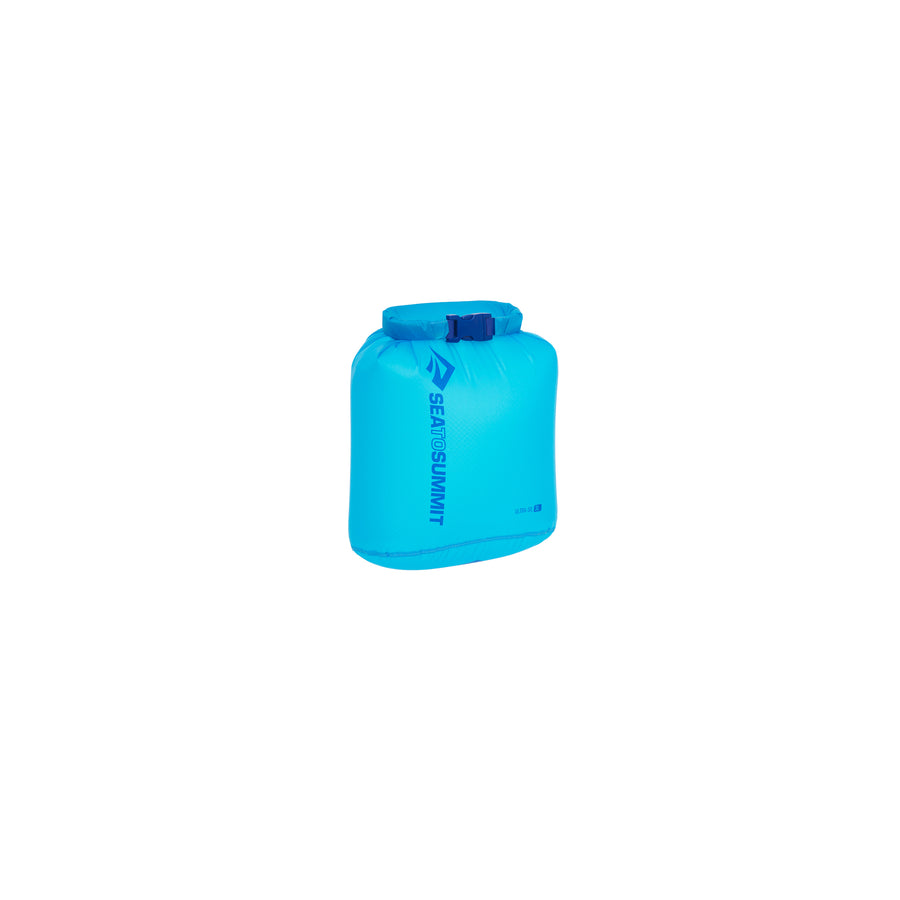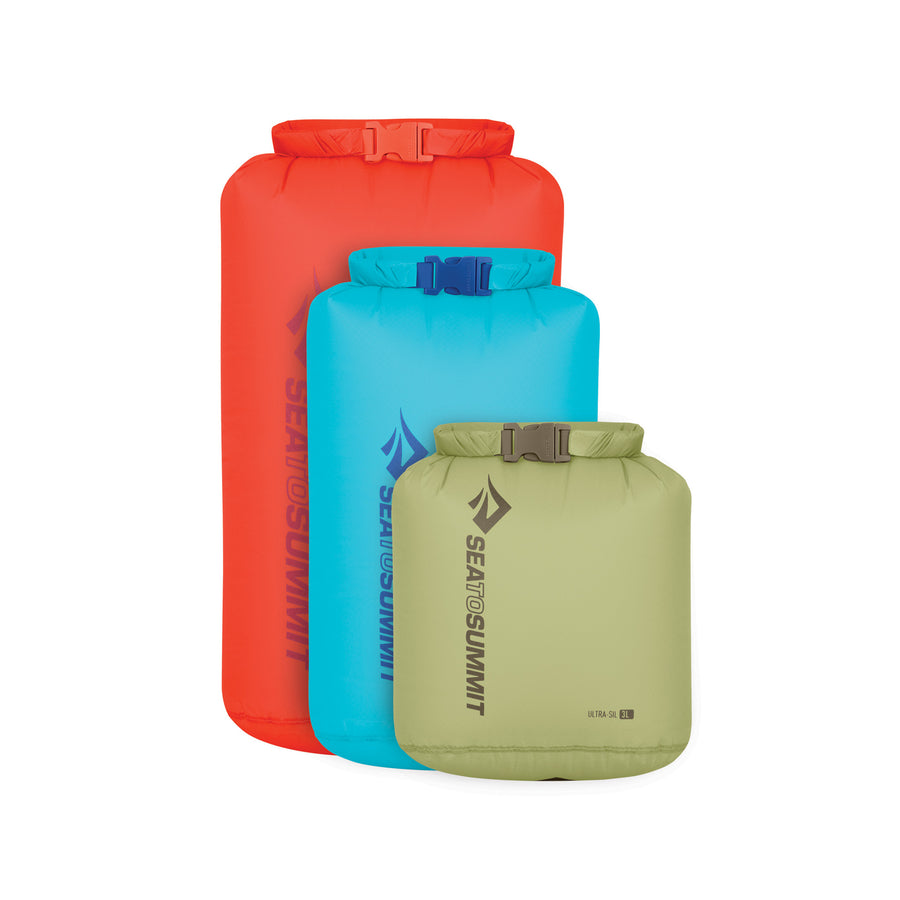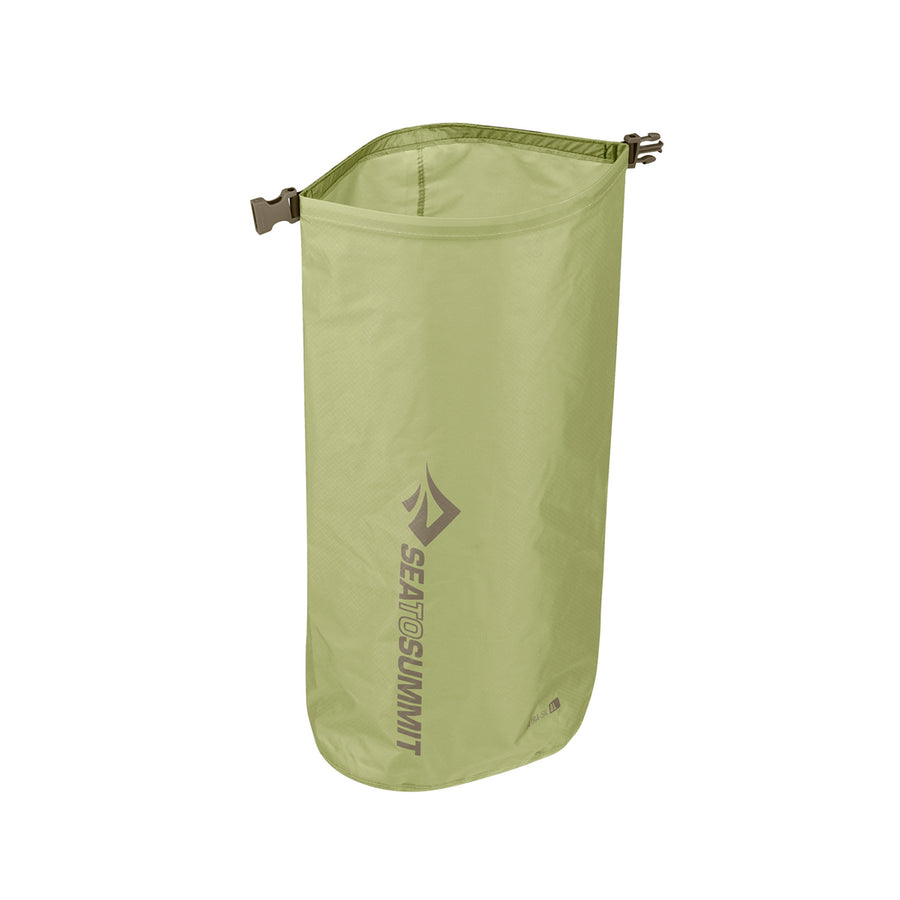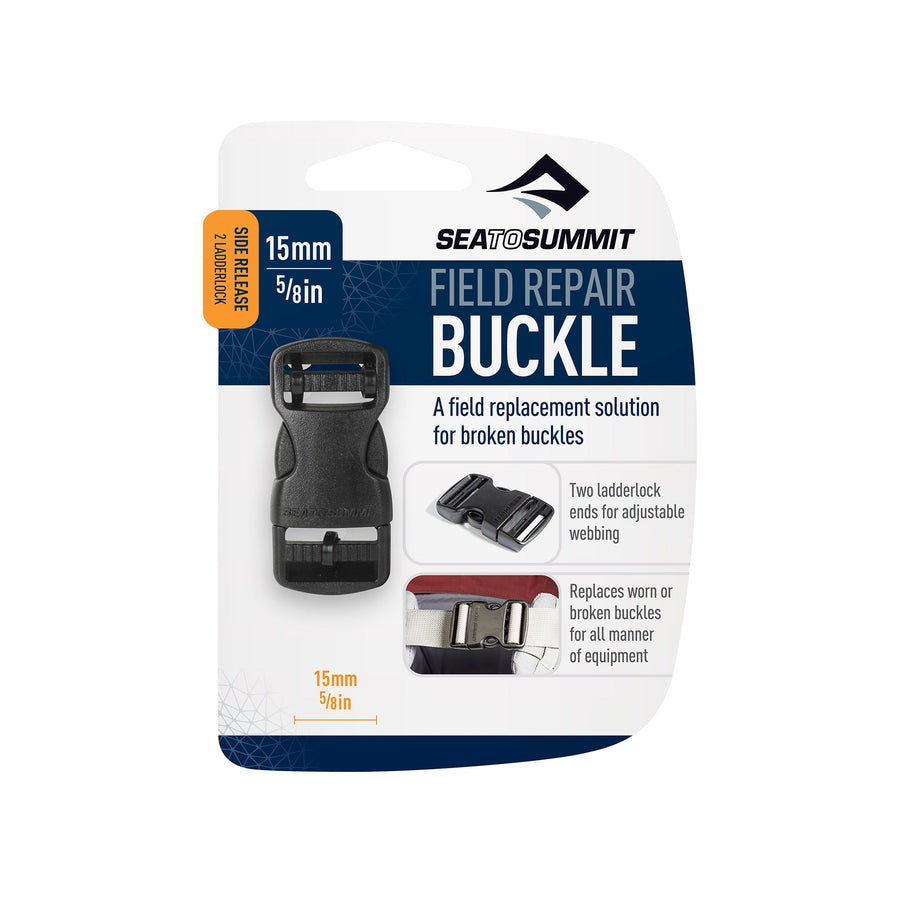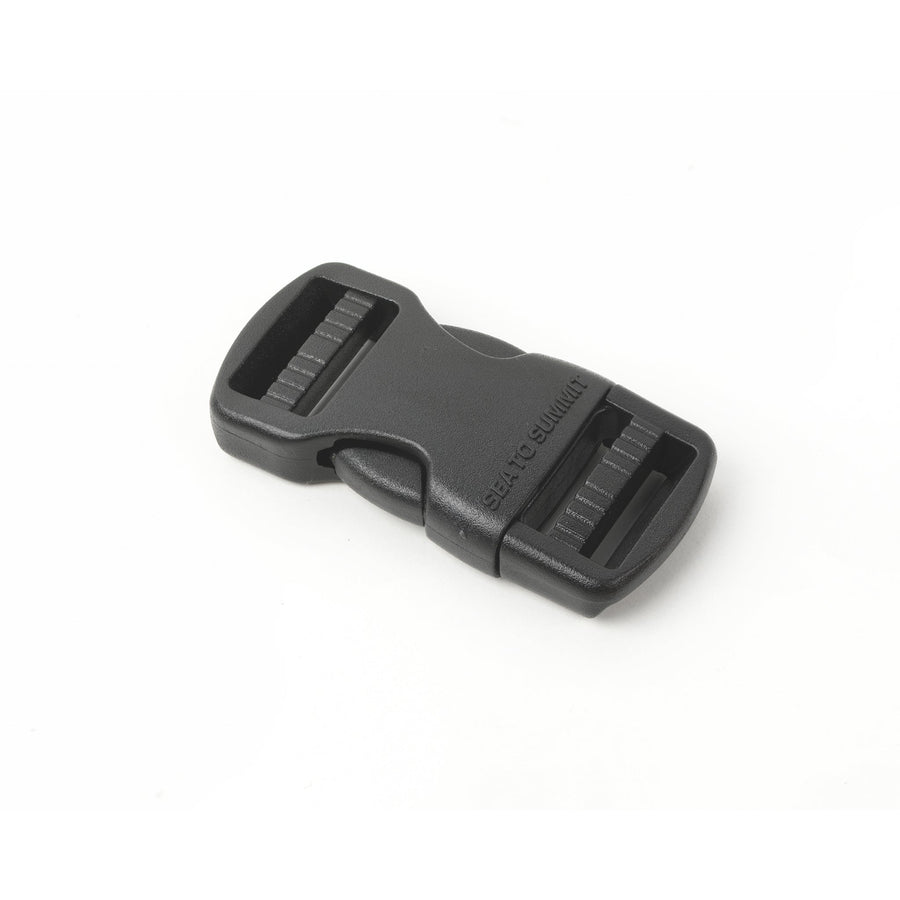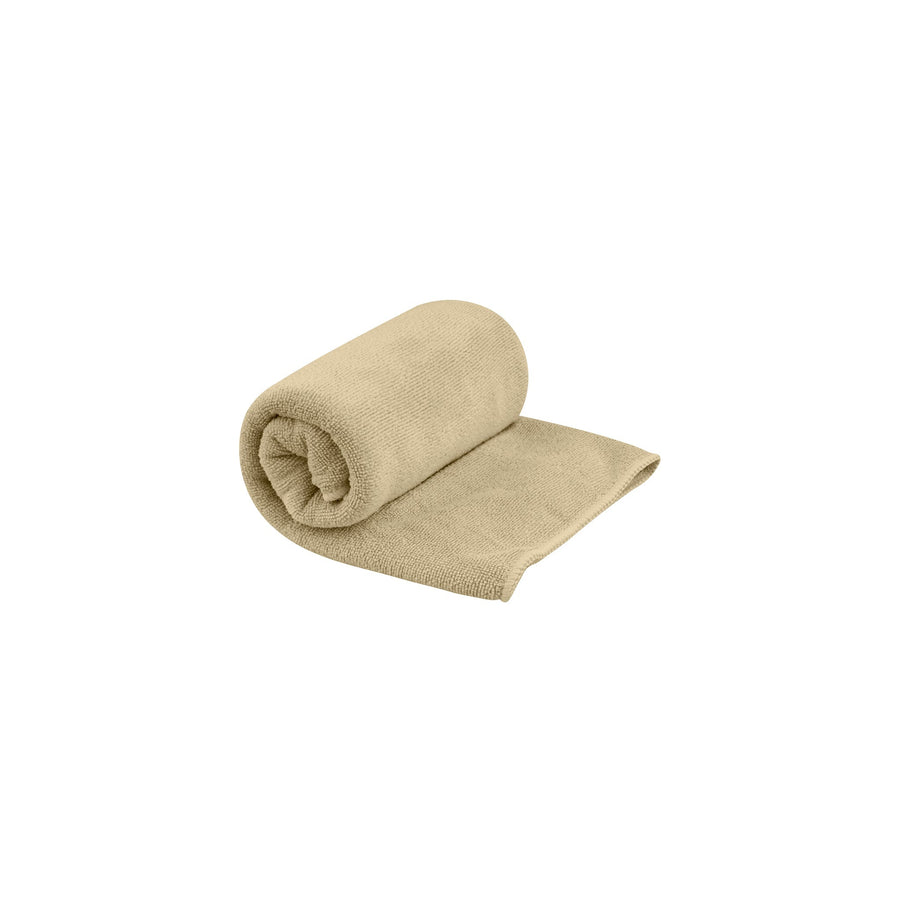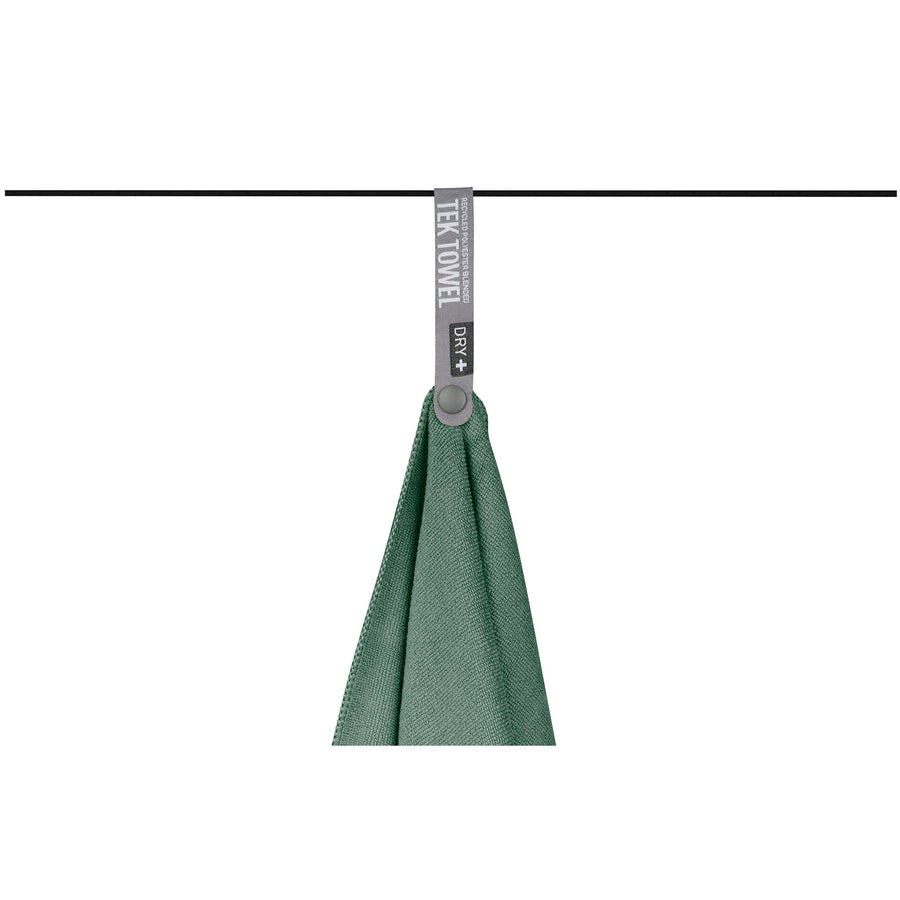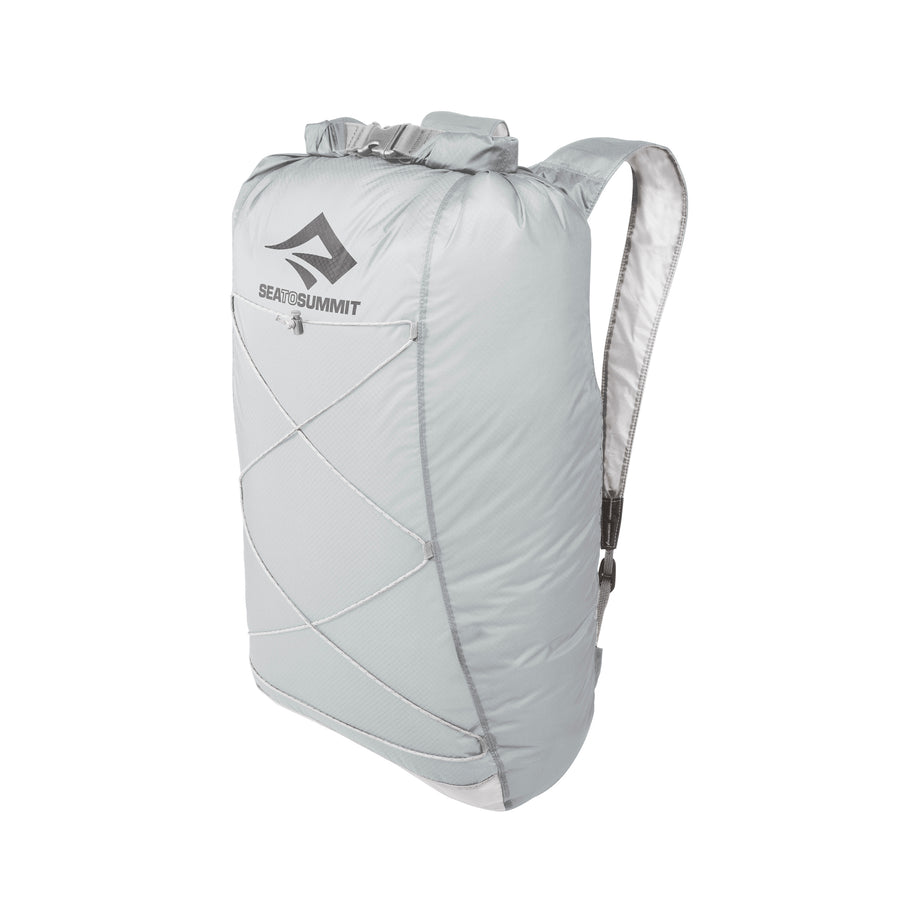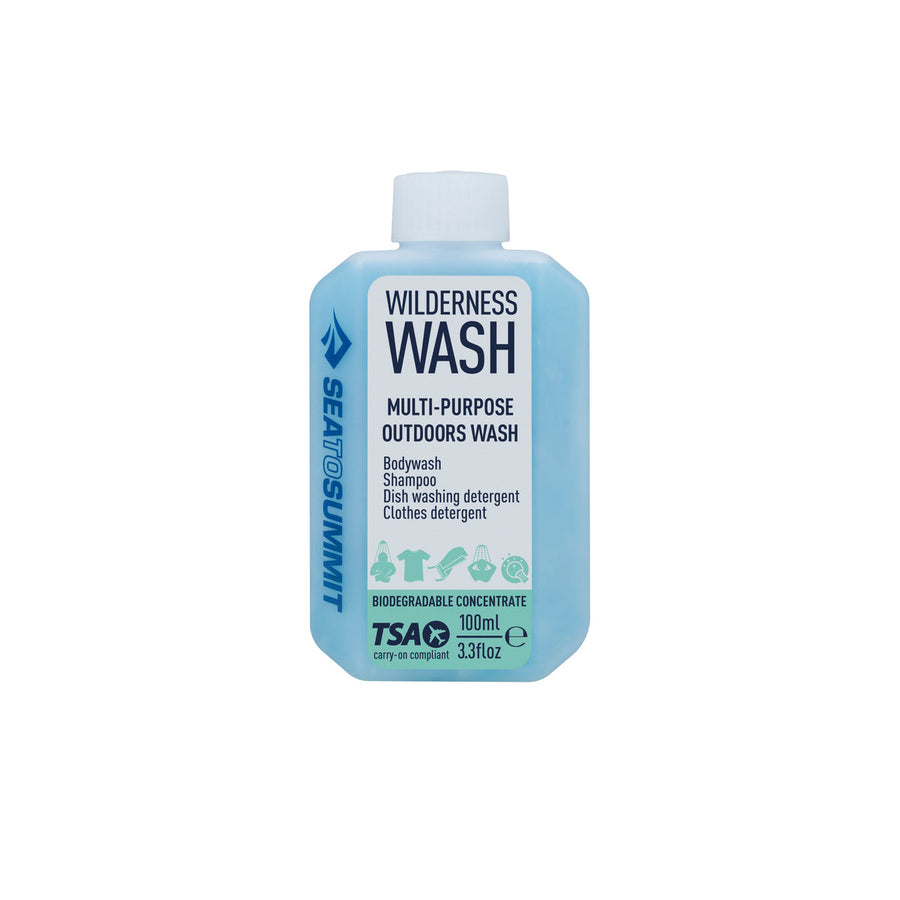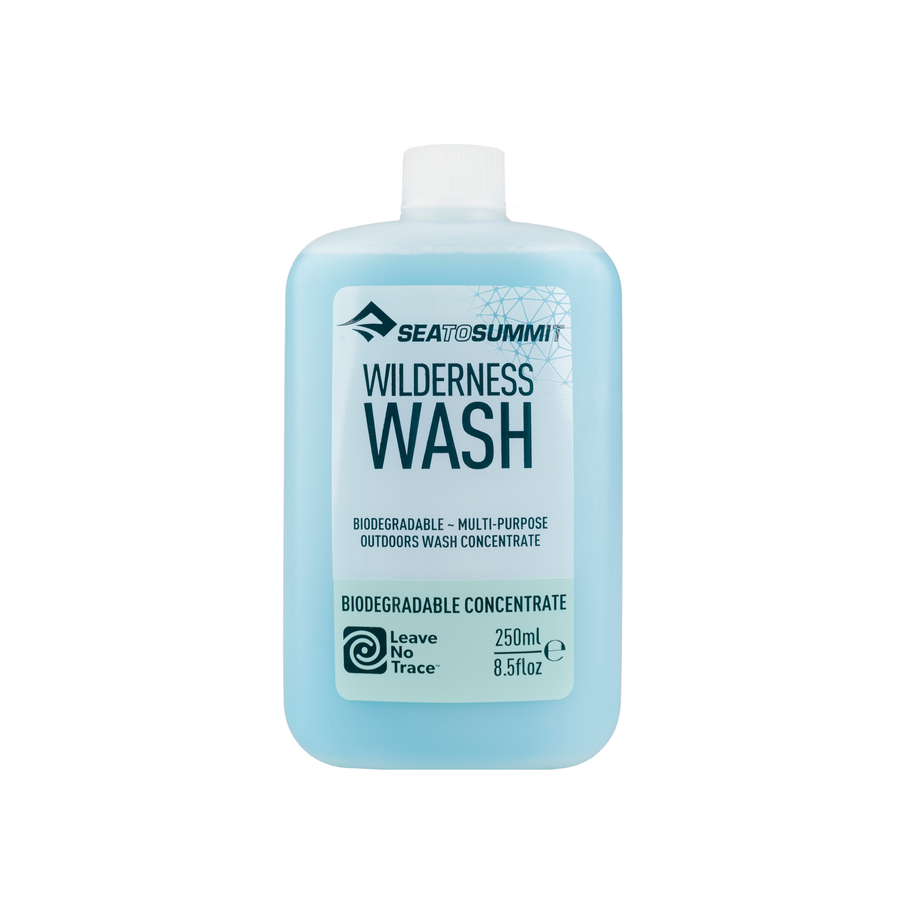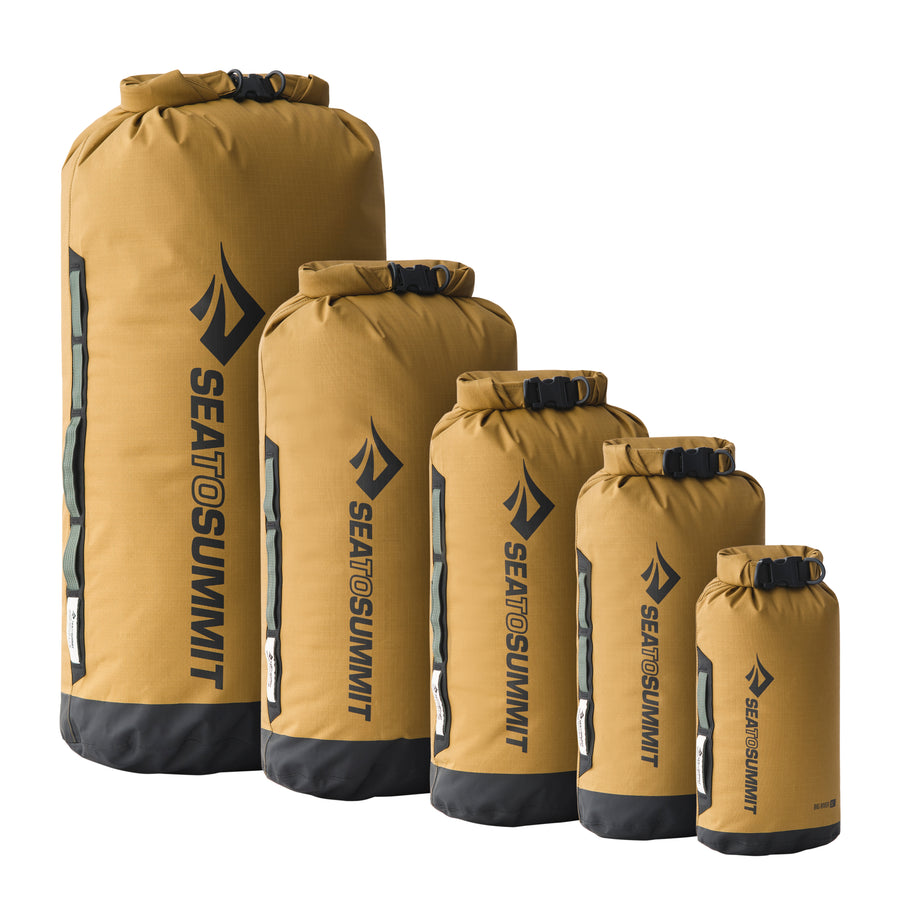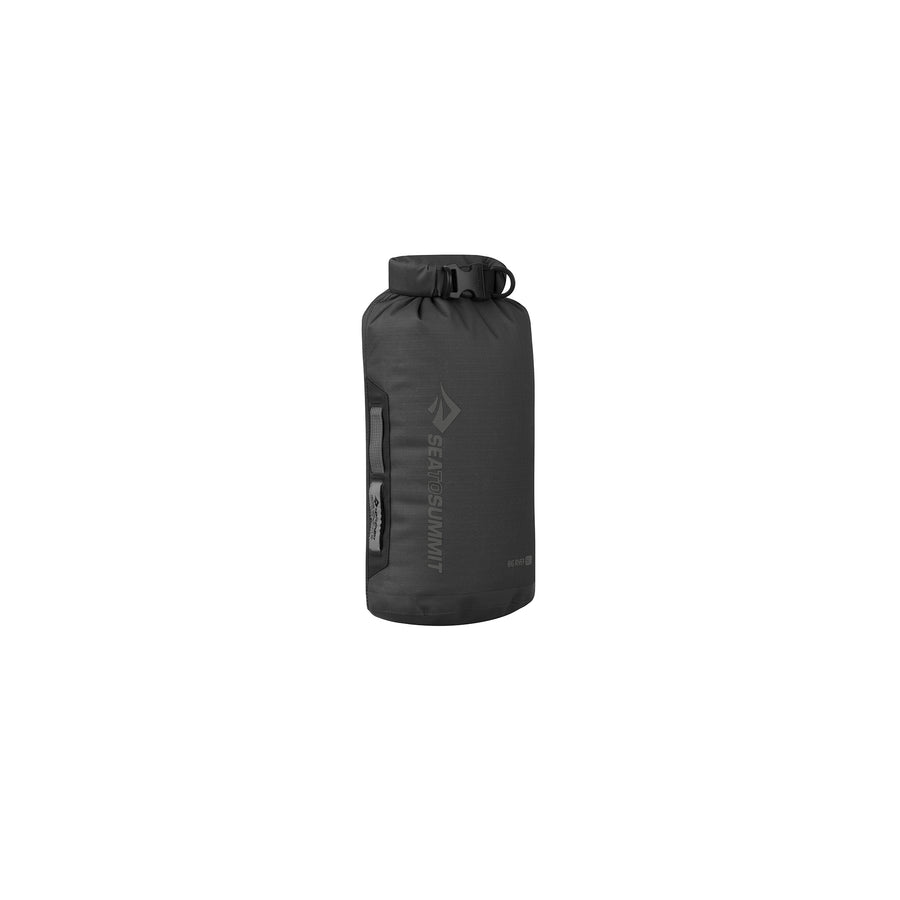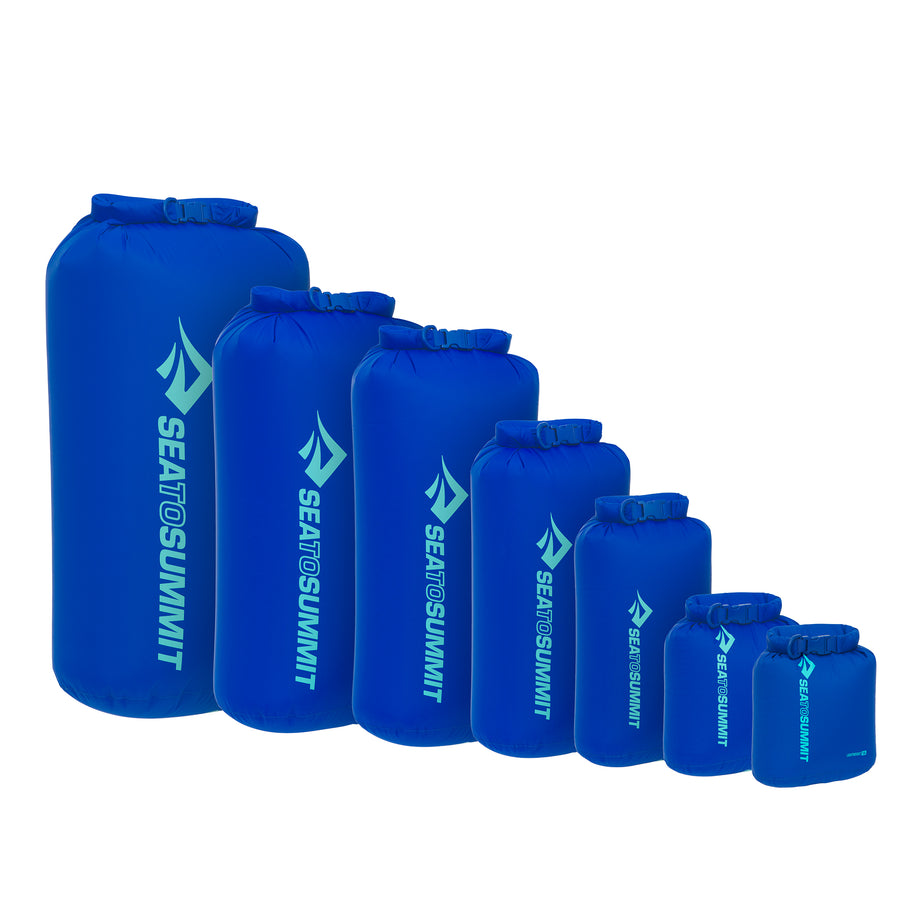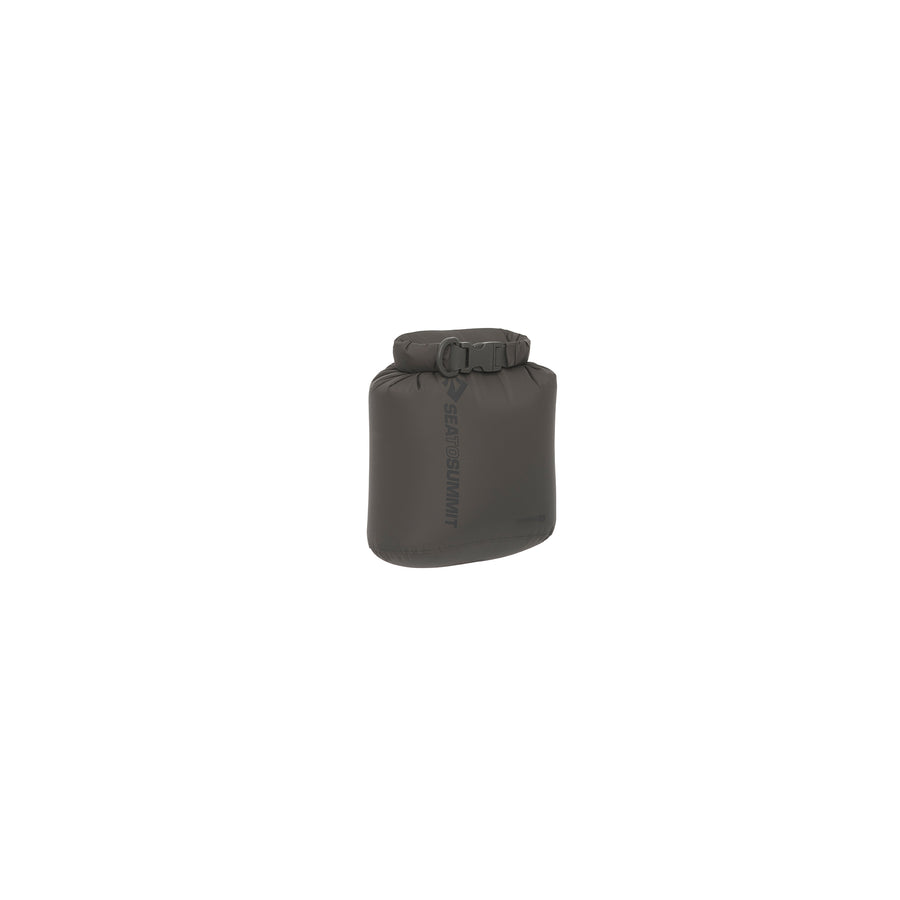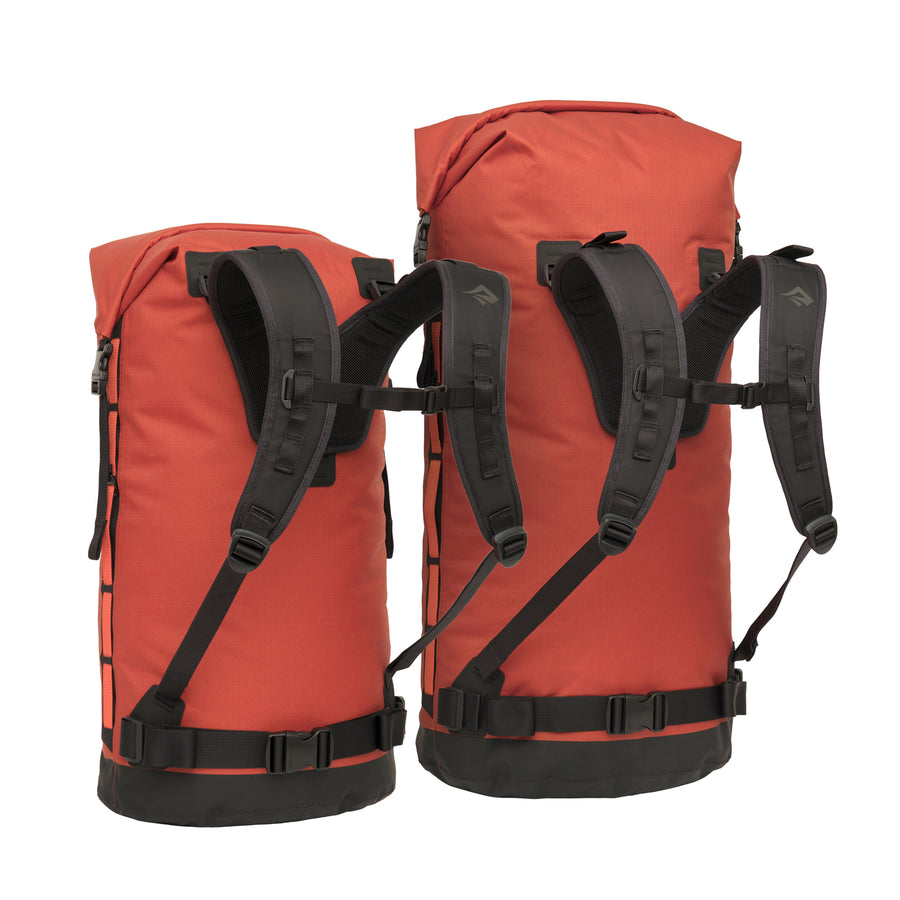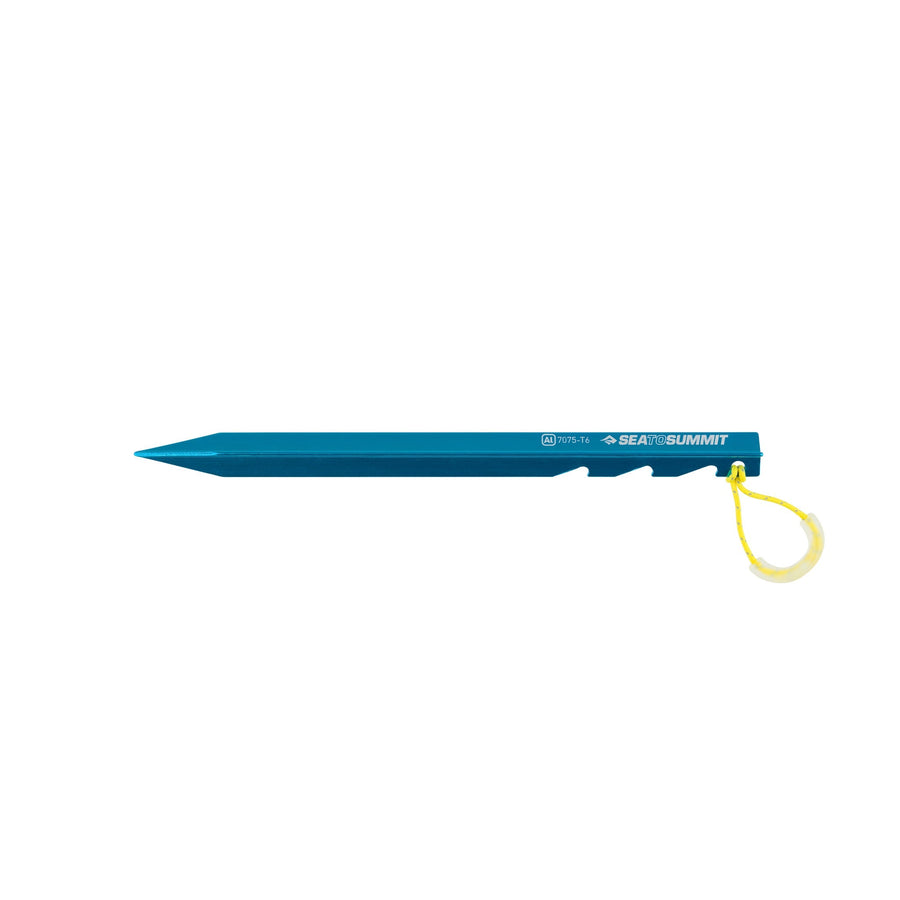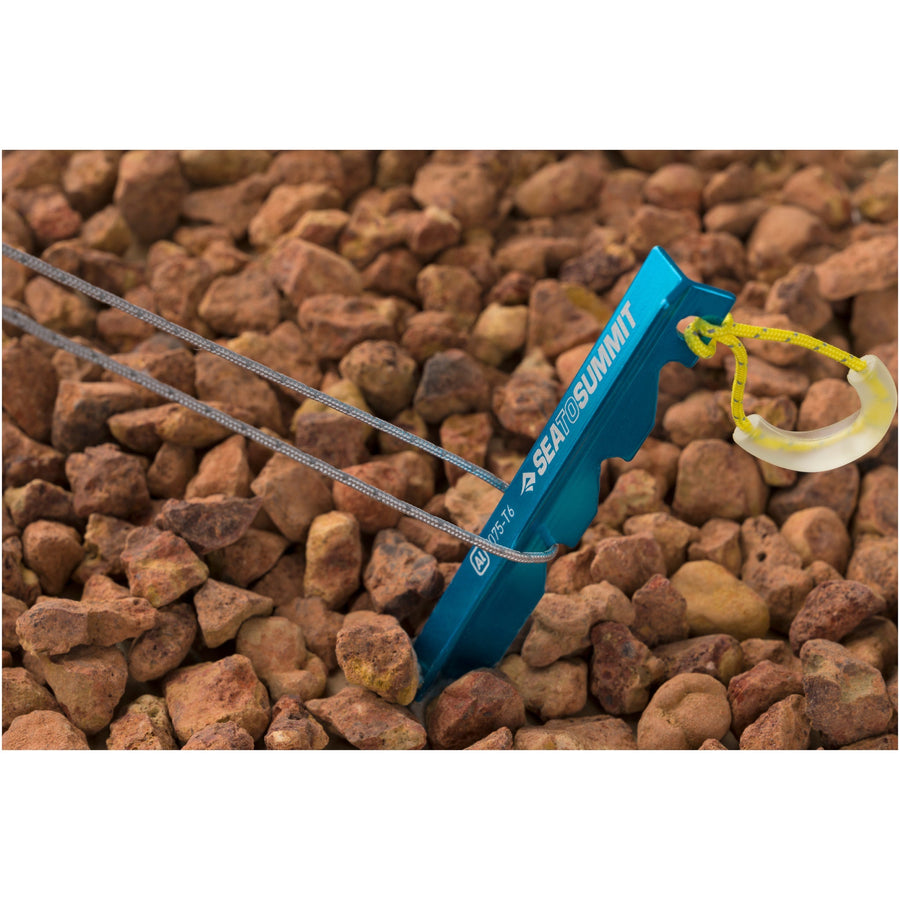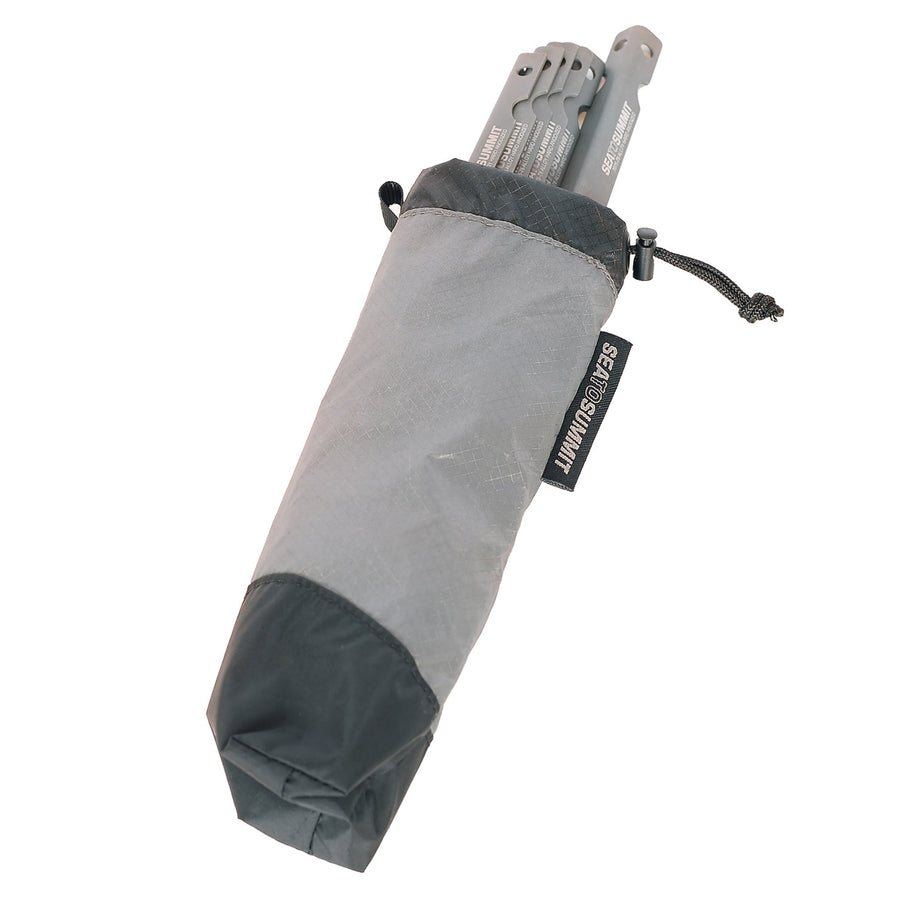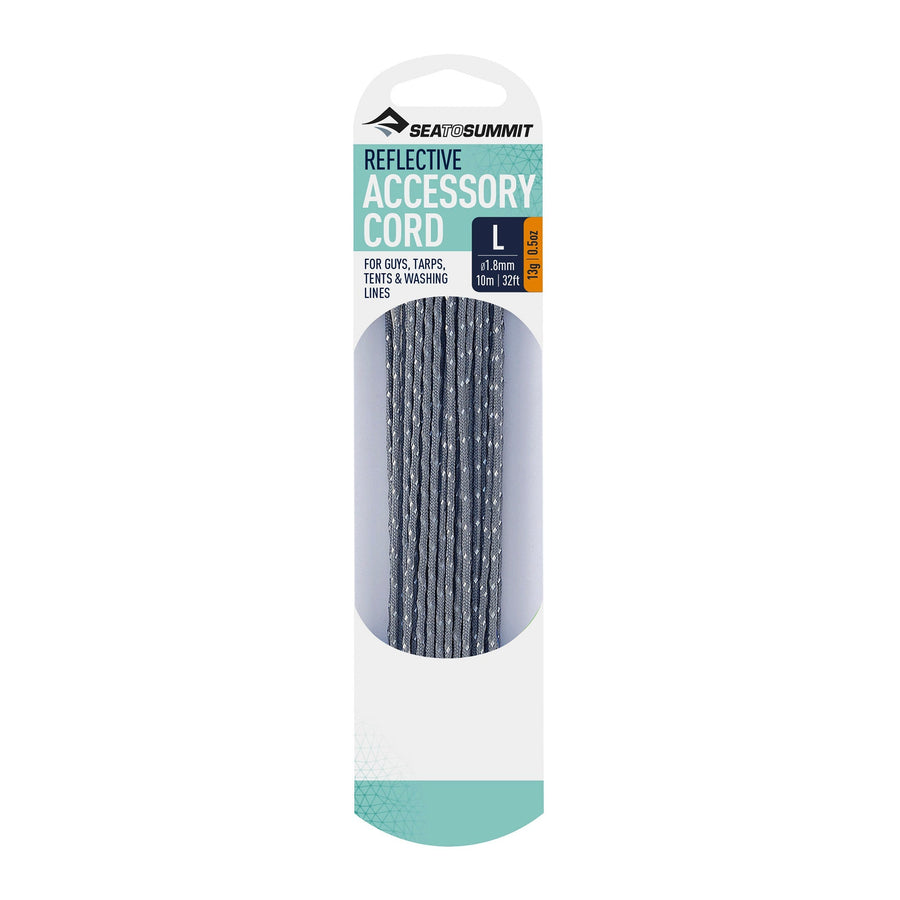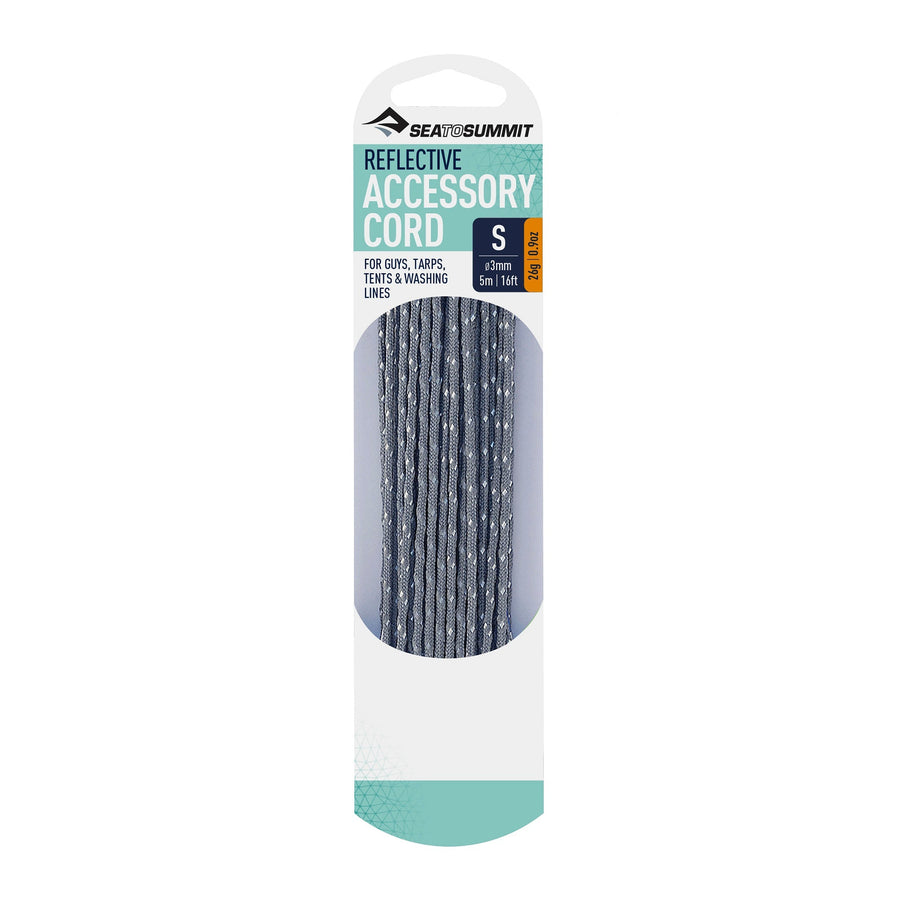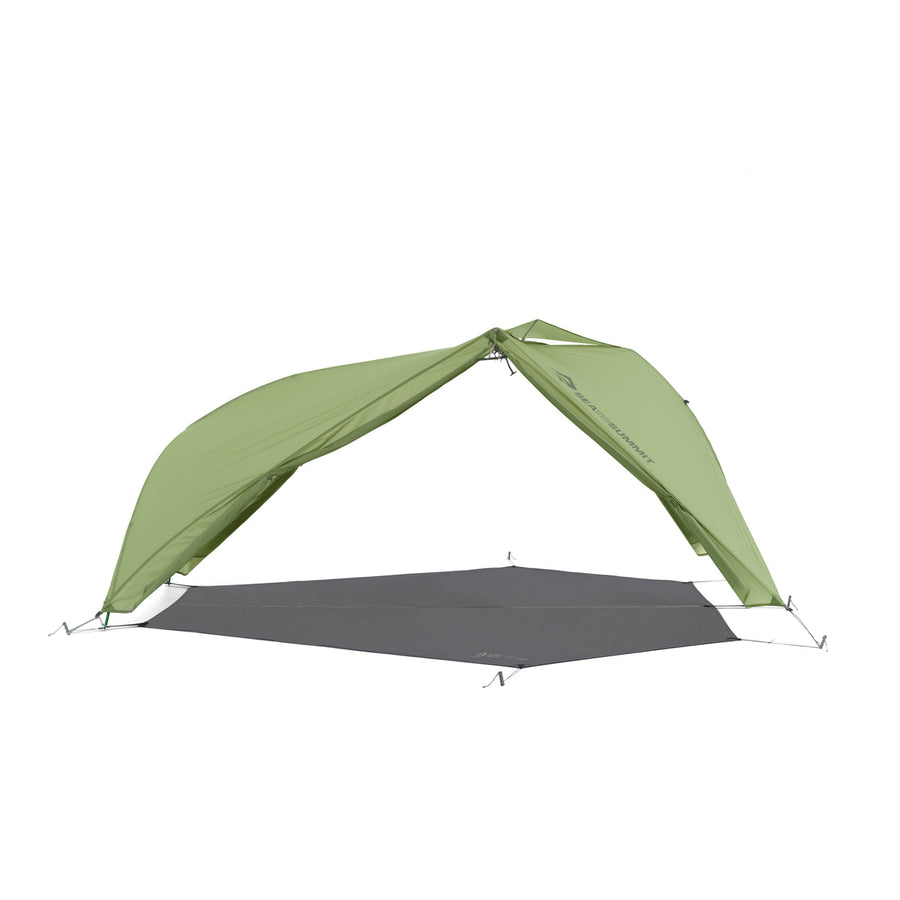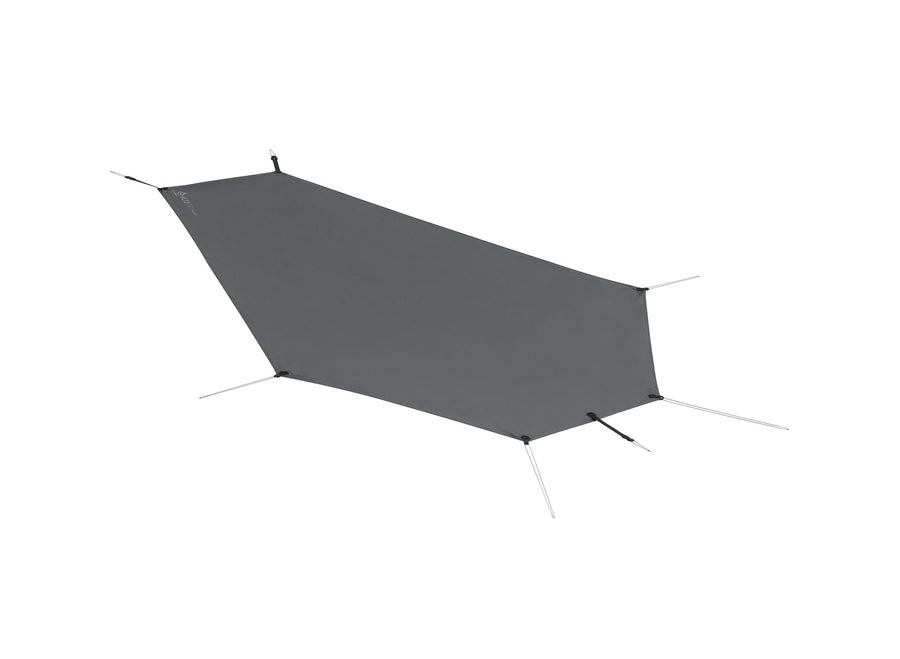Wie man den Colorado Trail mit dem Fahrrad reist (ENG)

Day 3 - 2:00pm - Below Georgia Pass
I’m worried about the next pass. Thunderstorms loom over the mountains that line the horizon in every direction. The thin trail winds between wildflowers and grass. I’m atop a small hill, looking over the enormous prairie that sits between mountain ranges. Soaring 14,000-foot mountains tower before me. After two days of biking through lodgepole pine forests and aspen groves, the mountains seem enormously far away. But in the next ten miles I’ll need to climb above treeline to cross between two distant peaks. It will be the first time I’ve been above treeline with a bicycle.
I lose myself staring across the prairie until a crack of thunder reminds me I need to find shelter. I drop down the tight singletrack, riding through sudden hail and rain. The storm is ferocious, drenching me almost immediately. The trail is suddenly a small creek. Once I’m in the forest again, I jump off my bike and pull it beneath a pine tree. I pitch my tarp and wait out the storm.
The Basics

The Colorado Trail (CT) stretches over 486-miles between Denver and Durango and encompasses a landscape home to everything from high elevations and exposed summits, to alpine meadows studded with wildflowers, to dense spruce forests and raging waterfalls.
I think everyone who loves the outdoors should do the Colorado Trail. I don’t think everyone should bike it.
Anyone who has biked the CT knows one thing: it was not designed to be biked. Sure, it’s possible to get a bike from Denver to Durango (or the reverse) using the Colorado Trail, but you will not be riding the bike the whole way. Instead, you’ll be pulling, pushing, cajoling, and carrying it. In fact, you’re not even allowed to bike the entire 486-miles of the CT, because bikes can’t enter the six wilderness areas located along the trail. Instead, you’ll have to go around them using forest roads, and depending on your choices, you might bike closer to 500-miles before you’re finished.
With that said, the Colorado Trail is perfect. It is one of the best bikepacking trips in the United States. It is certainly the best for its combination of high altitude, length, and technicality. On the CT, I found 3,000-foot descents, incredible solitude, and the most beautiful views imaginable. The CT changed everything about how and why I bike. Here are some things that might be helpful to know if you’re interested in bikepacking this legendary route.
The Gear

If you’re going to bike the Colorado Trail, you ought to have some backcountry experience under your belt already. I’m not going to provide a complete gear list, but I’ll suggest some general ideas.
Go Light: If you aren’t already into ultralighting, you don’t need to change your whole setup, but certainly prioritize lighter gear, because there’s roughly 70-80 thousand feet of vertical gain and loss along this trail. Try leaving the stove and only bring cold food—you won’t miss the extra weight, fuel management, or long cooking times. And I’d highly recommend a tarp and/or bivy sack instead of a tent.
The Bike: Bring what you’re comfortable on. The trail ranges from beautiful flow trails and thin alpine tracks through tundra, to brutally difficult trails littered with babyheads (term for baby-head-sized rocks). You won’t be able to ride the whole trail due to a variety of un-bikeable barriers, but different types of bikes will definitely change your experience. You can do it with a rigid, hardtail, or full suspension, and I have friends who’ve used each on the trail. I chose to ride my hardtail, so it was neither light on uphills nor comfortable on downhills. Instead, it split the difference and made everything equally uncomfortable.
Bike Repair: You’ll be fine if you don’t know anything about bike repair. I knew next to nothing before I started my trip, and I learned as I went. Get ready to get to know some bike mechanics. I learned almost everything I know now from standing in the corner of bike shops watching mechanics and asking questions. There are great bike shops along the eastern half of the trail (which means hopefully you’ll know what you’re doing by the western half).
You can’t prepare for every possible eventuality, so be ready to walk your bike out if anything catastrophic happens. My rear derailleur snapped off midway through one particular segment, and I was forced to walk and coast on my bike for 30 miles to the nearest bike shop. A broken bike is a great excuse to get a huge dinner in town.
Rigging your Bike: Put as much as you can onto your bike. It will handle strangely, but it’s far better than having that weight on your back (where it will slowly crush your will to continue). I used a 14-liter seat bag combined with a 40-liter pack. My base weight (without food or water) was roughly 13 lbs, not counting the bike.
If I did it again, I’d use a frame bag, handlebar bag, and seat bag, and only keep snacks and water in a light daypack. While there are a variety of bikepacking gear designers, I’d highly recommend Revelate Designs.
Layers: Layers are the only way to prepare for the enormous range of temperatures you’ll experience. I brought only one “change” of clothes, but I had five layers for my top half and four for my bottom half. You’ll want, at the very least, a light base layering system, a puffy top, and a solid rain shell. I also highly recommend cheap rain pants, as they’re so terrible at breathing that they’re perfect for keeping your legs warm in windy conditions.

I find the Colorado Trail in my dorm room, in a coffee table book my roommate brings home. I spend late nights daydreaming through the pictures and researching specifics. I’m certain I want to bike the trail, even though I’ve only been seriously mountain biking for a few months. I want to go farther and faster than I can on foot and to spend as much time as possible on a bike. I want a goal that I’m not sure I can complete.
On July 12th, 2013, my brother and I start the trail. He’s on foot, and I leave him behind immediately. I cruise up the dirt road for six miles. After all the anticipation and planning, I’m finally on the trail. My bike is heavy, but the road is gently graded, and I feel great…. Until the road ends.
A thin track climbs up into the forest, clearly marked by a CT trail blaze. I stand up on my bike, cranking as hard as I can. The pack sits heavy and sweaty on my back. I’m panting, glad that no one’s around to see me. Just minutes before, I’d felt so proud of myself, cruising past day hikers, my stuffed bags showing how badass I thought I was. And now I can’t even climb my first real hill.
Exhausted, I spill off the side of my bike, barely landing on my feet, and I immediately drop my pack and sit on a log. I’d been training for two months with a pack, but I’d only just gotten the seatbag, and my bike consequently handles completely differently. This is going to be impossible, I think, and I repeat this mantra in my head endlessly over the next 17 days.
The Trail

The trail can be ridden in either direction (Denver to Durango or the reverse). Due to acclimatization and trail intensity, I believe it is far better to bike from Denver to Durango. Staying on the trail is not hard. The CT is extremely well marked. If you are confident with backcountry navigation, you do not need more than the Colorado Trail Databook. If you’re a bit shaky on navigation, you can buy detailed maps for the entire trail or bring a GPS.
The hard part is actually riding the trail. While the terrain is extremely varied, it is typically loose, techy, and has an incredible amount of elevation gain and loss. One particularly gruesome segment has six 12,000-foot passes in a row. Which leads us to the next section:
Timing: The Colorado Trail is all about timing. There are three main variables you need to juggle: Snow, Water, and Thunderstorms. You’ll have to decide which to prioritize. For me, I chose to start in mid-July to make sure there would be as much water as possible.
Snow: Snow on the trail is a real issue. While the elevation range is from 5,500 to 13,200 feet, the average elevation is just over 10,300 feet. So, for eight months out of the year, there’s significant snow on the trail. The trail typically clears in early to mid-July and is doable through early October—though if you wait this late, you’ll almost certainly see heavy snow in the San Juan Mountains.
Water: If you’ve ever carried over 4 liters of water, you’ll know that water availability is essential. The amount of water near the trail varies through the season, due to snowmelt and rainfall (more on this in a second). July typically has the most accessible water, and during my July thru-bike the longest section without reliable water was around 25 miles. Water availability typically falls off after July, so if you’re biking in September or October, seasonal springs may be dry. Of course, water in Colorado is incredibly difficult to predict, so nothing is guaranteed.
Thunderstorms: Colorado has a monsoon season, which means through July and early August, there are almost always thunderstorms every day between noon and 3pm. You do not want to be at high altitudes during these storms. These storms make alpine passes extremely stressful. The monsoon season usually ends by mid-August, and September typically has perfect weather.
Weather: Prepare for every weather event. You will experience temperatures from 20° to 90° (F) as well as snow, sleet, sun, rain, fog, thunder, lightning, and high winds. The biggest issue is thunderstorms. They’re inevitable, regardless of when you’re on the trail. And they must be taken seriously. Nothing else on the trail is as dangerous as a high altitude thunderstorm. Do not take them lightly. Remember that you are riding on a large chunk of metal, and try to avoid being above treeline in the afternoon.
However, at some point you will almost certainly get caught above treeline in a thunderstorm, so stay calm and find shelter or get to a lower altitude as fast as possible.

Pace: Biking the trail can take between 4 and 20 days. The record is 4 days 4 hours and 17 minutes, during the Colorado Trail Race (during which riders bike through storms and darkness to compete in a race with no prizes). If you’re sane, it’ll probably take you between 15 and 20 days, if you’re averaging 25-35 miles per day, though backpackers regularly take upwards of 30 days, so it really depends on how long you want to be out there.
Food: You will not be able to eat enough food on the trail. In towns, it’s not uncommon to eat three dinners in a row, and it’s a constant struggle to eat enough on the trail. I didn’t bring a stove, so I ate an incredible amount of summer sausage, cheese, and pita bread, supplemented with vegetables and snack bars. It’s not hard to restock on food, though some people (mainly hikers) choose to do food drops. I don’t think this is necessary, as wilderness areas force bikers to go through more towns. Biking, you’ll go through five towns on the trail and you’ll come near at least four others.
The People: There won’t be many other bikers, but every day you’ll pass hikers, whether they’re just out for a dayhike or doing the whole CT. I met some amazing people along the trail, and I often camped near others to swap stories and to hear about the trail ahead. There are a number of Trail Angels who provide food stashes and transportation to trail towns, and rumors about these Trail Angels often stretch a hundred miles in either direction along the trail. I don’t know if the legendary Trail Angel named Apple is still around, but he used to give out root beer floats at random trailheads. It was incredible.

I finish the trail after 17 days. My legs are covered with cuts, my bike is scarred and barely hanging together, and I’m filled with more joy than I’ve ever felt before. I’d ridden through fields of wildflowers, run out of food twice, and fallen off my bike countless times. I’d slept in a new place every night, and fallen wholly in love with Colorado.
Thinking back on that trip, the trail taught me so much. I learned how to handle the immensity of being alone in the backcountry, how to ride (pull, push, cajole, and carry) my bike through some of the most technical terrain Colorado has to offer, and why I, personally, need to spend as much time as possible in the backcountry.
The hardest part of the trail was finishing. After 17 days, I never wanted it to end. But while every trail comes to an end, there will always be another adventure just around the next bend.
Day 3 - 4:00pm - Below Georgia Pass

The sky is clearing and everything feels washed and clean. Hail lies piled in the hollows between tree roots. I’m warm, huddled in my sleeping bag. I can’t decide if I should camp or attempt the pass. I’m only three days in, but something is already pulling me along. As in all decisions on the trail, I’m alone, which is both paralyzing and freeing. A shaft of sunlight reaches through the clouds and pine branches, and I decide that’s enough of a reason to hope the storms are finished for the day. I pack my bags for the pass.
Four hours later, I’m in dense fog at 12,000 feet. I can see the trail in front of me but not much more. I’m above treeline. The fog built slowly, almost imperceptibly, until now it’s almost complete. I can’t even tell if I’m at the top of the pass. I keep struggling on. The light is changing color, growing warmer. I realize I’m inside a sunset. A cairn looms out of the fog, marking the top of the pass, and suddenly the fog rips away in front of me. Peaks line the horizon as far as I can see, and the sun is enormous and orange. For the second time today, I lose myself in the mountains. The growing chill reminds me that night is almost here. I bike down below treeline in the gathering darkness and find a small campsite. I rig my tarp between two trees, eat a quick meal, and fall asleep already dreaming about the next day ahead.
